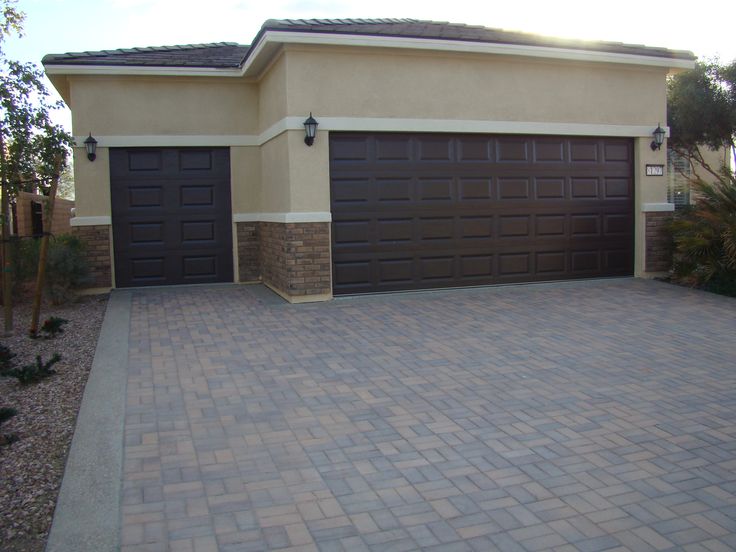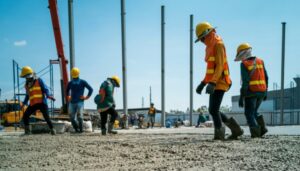A Comprehensive Guide to Installing a Driveway Over a Gas Line
Introduction
When it comes to home improvement projects, installing a driveway over a gas line requires careful planning and execution. The intersection of these two elements demands a meticulous approach to ensure safety, compliance, and functionality. In this comprehensive guide, we’ll walk you through the essential steps and considerations involved in the process.
Understanding the Basics
Before delving into the installation process, it’s crucial to grasp the fundamentals of gas lines and driveways. Gas lines are a vital component of a home’s infrastructure, responsible for supplying natural gas to various appliances. On the other hand, driveways serve both functional and aesthetic purposes, providing access to your property while enhancing its visual appeal.
Conducting a Thorough Assessment
The first step in installing a driveway over a gas line is to conduct a thorough assessment of your property. Engage with qualified professionals to identify the exact location and depth of the gas line. This information is crucial for determining the feasibility of the project and ensuring compliance with local regulations.
Obtaining Necessary Permits
Securing the required permits is a non-negotiable aspect of any construction project, and installing a driveway over a gas line is no exception. Work closely with your local municipal authorities to obtain the necessary permits, demonstrating your commitment to adhering to safety standards and regulations.
Collaborating with Gas Line Professionals
To guarantee the safety and integrity of the gas line during driveway installation, collaborate with experienced gas line professionals. These experts possess the knowledge and skills to assess potential risks, implement protective measures, and ensure compliance with industry standards.
Choosing the Right Driveway Material
Selecting the appropriate driveway material is a critical decision that influences both aesthetics and durability. Consider factors such as climate, soil conditions, and maintenance requirements when choosing between concrete, asphalt, or pavers. Each material has its unique advantages, and the decision should align with your specific needs and preferences.
Implementing Safety Measures
Safety should be the top priority throughout the driveway installation process. Implement safety measures such as proper signage, barriers, and communication protocols to protect both workers and residents. Additionally, schedule the project during a time that minimizes disruption to gas services.
Excavation and Gas Line Protection
Excavation is a significant phase of driveway installation, and precautions must be taken to protect the gas line. Use advanced techniques such as hydro excavation to minimize the risk of damage to the gas line. This method combines water and vacuum technology to safely expose underground utilities without causing harm.
Professional Inspection and Testing
Once the driveway is in place, engage in a professional inspection and testing process to ensure the integrity of the gas line. Certified inspectors will assess the installation, conduct pressure tests, and verify that all safety standards are met before giving the green light for regular use.
Regular Maintenance and Monitoring
Post-installation, establish a routine maintenance schedule for both the driveway and gas line. Regular inspections and monitoring can identify potential issues early on, preventing costly repairs and ensuring the continued safety and functionality of both components.
Conclusion
In conclusion, installing a driveway over a gas line requires meticulous planning, collaboration with professionals, and adherence to safety standards. By following this comprehensive guide, you can navigate the complexities of this unique project and enjoy a safe, functional, and visually appealing driveway.














